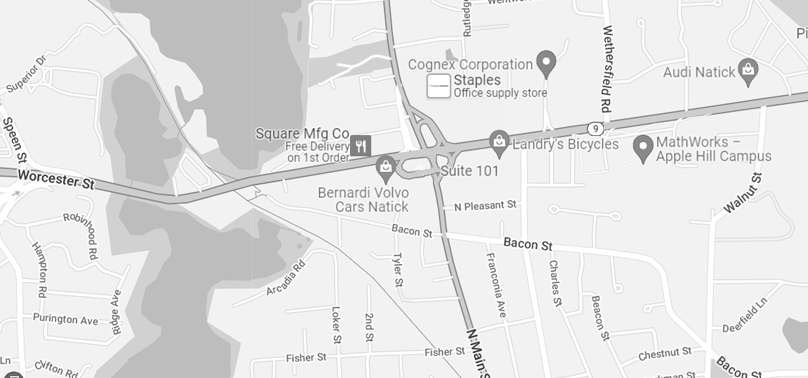One of the first things Dr. Hughes will look for during a consultation of a teenager/pre-teen is the presence of primary (baby) teeth. If a thirteen year old still has baby teeth it may mean that the dental development is delayed or it could mean that something is not right. The 12-year-molars are a good indicator as to what exactly is going on. If the 12-year-molars have not erupted, chances are that development is just behind schedule. Another indicator is whether or not teeth are being lost in the appropriate sequence. If they are, it is likely that things are just delayed. However, if for example, one primary second molar remains and it isn’t loose and all of the others are gone with their replacements in, it may indicate an issue and warrant investigation.
In some cases the patient would benefit from having the primary teeth extracted and starting braces. There are several factors to consider when determining if the patient would benefit from extractions of baby teeth. The first is the patient’s age. If the patient is 14 or 15, Dr. Hughes will usually recommend having the baby teeth removed and starting braces in order to have the treatment finished before they graduate from high school. The formation of the roots of the un-erupted permanent teeth are considered. If the roots are 2/3 formed and the associated baby teeth are not loose, extractions are recommended. Another factor is the status of the 12-year-molars. If the 12-year-molars are erupted and baby teeth remain, Dr. Hughes will usually recommend extracting the primary teeth and starting the braces.

In general, starting treatment after all of the primary teeth are gone minimizes treatment time and reduces the chance of any negative effects of orthodontic treatment such as white spot lesions, puffy gums and root resorption. But there are some situations that would warrant starting braces when the patient still has baby teeth. For example, if a tooth has become impacted because there is not enough room for it to come in, we may make room for the underlying tooth with hopes that the baby tooth will become loose on its own. If it does not, we would then have the baby tooth removed by the patient’s dentist. Certain malocclusions may also benefit from starting treatment before all the baby teeth are gone. For example, in underbite cases we often start treatment before the lower baby molars are gone. Also, in large overbite cases it is ideal to start before the upper baby molars are lost. Also, if we are keeping a baby tooth because its underlying permanent tooth is missing, the remaining baby tooth will have no impact on when the braces should be started.
Many times we are told that patients had postponed their initial consultation because of the presence of baby teeth. In many cases this is OK. However, we do recommend coming in for a consultation even if there are some primary teeth left (especially if they have been hanging around for a while) in case one of the factors mentioned above are present.
